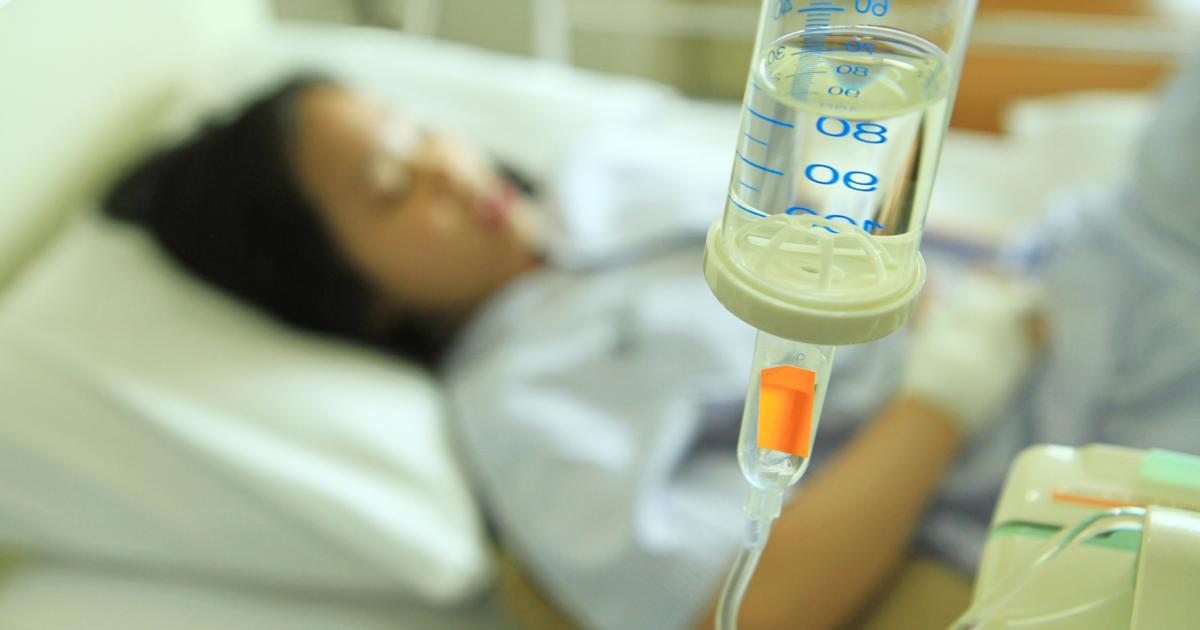Guide To The Prevention And Treatment Of Diabetic Hyperosmolar Syndrome
Replacement Of Potassium

Patients with this condition frequently experience a depletion in their levels of potassium, one of the key electrolytes in the body. Not enough potassium can cause weakness, and it places patients with diabetic hyperosmolar syndrome at an increased risk of developing serious heart rhythm abnormalities. While receiving intravenous insulin and fluids, patients will also receive an intravenous replacement of potassium. This will begin once doctors have established that the patient has a urine output. During the treatment, patients will have repeated blood tests to check their potassium levels, and the intravenous potassium will be stopped once doctors determine the patient's potassium levels have reached the normal range. Occasionally, patients receiving replacement potassium may also need to receive doses of intravenous sodium phosphate to ensure proper electrolyte balance. Since potassium levels can affect the heart, patients receiving potassium infusions will have their heart rate and rhythm monitored continuously with an electrocardiogram. In addition, doctors may periodically listen to the patient's heart with a stethoscope to check for any abnormal sounds, and patients should report any chest pain or dizziness to staff immediately.
Continue reading to learn more about how to prevent and treat diabetic hyperosmolar syndrome now.
